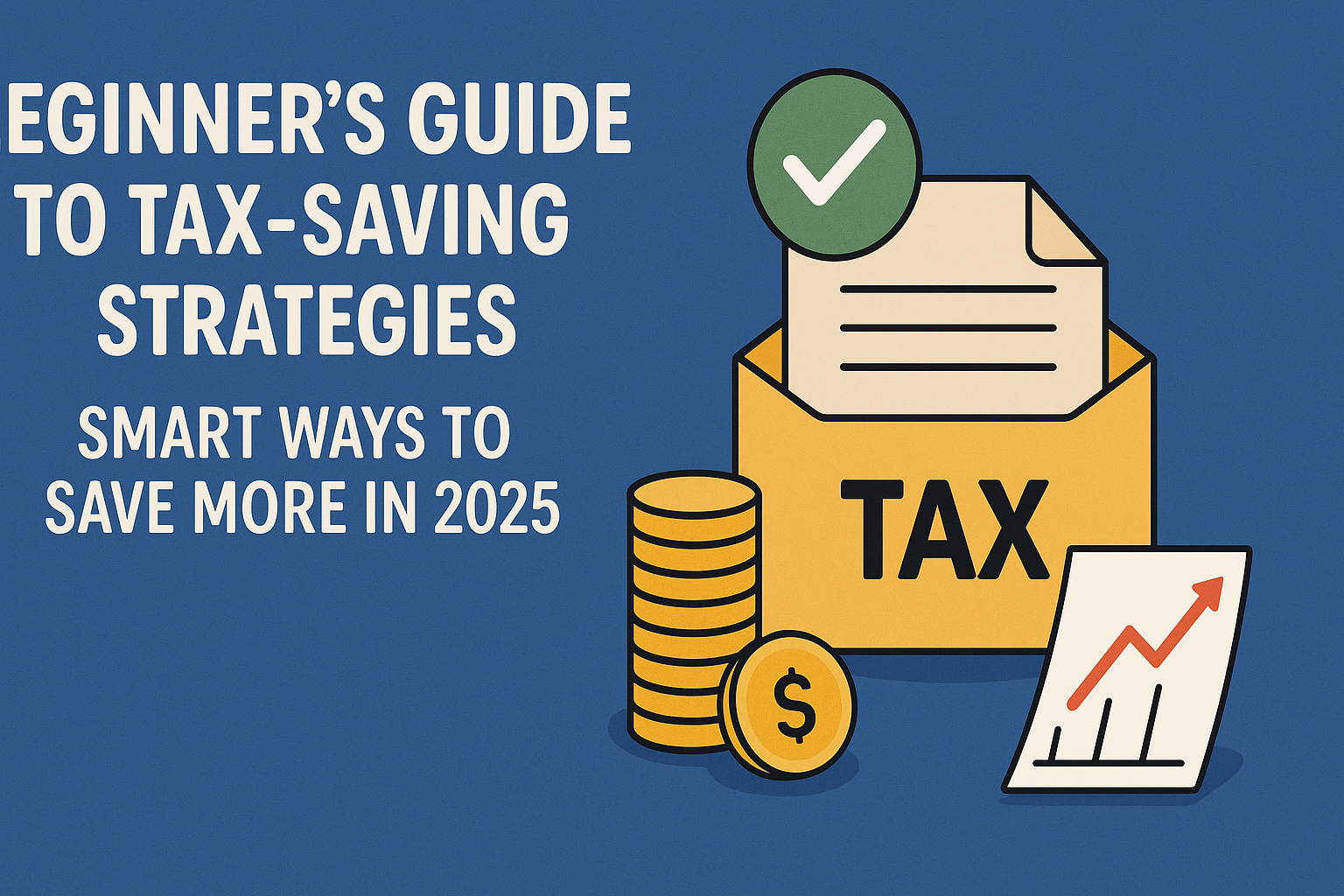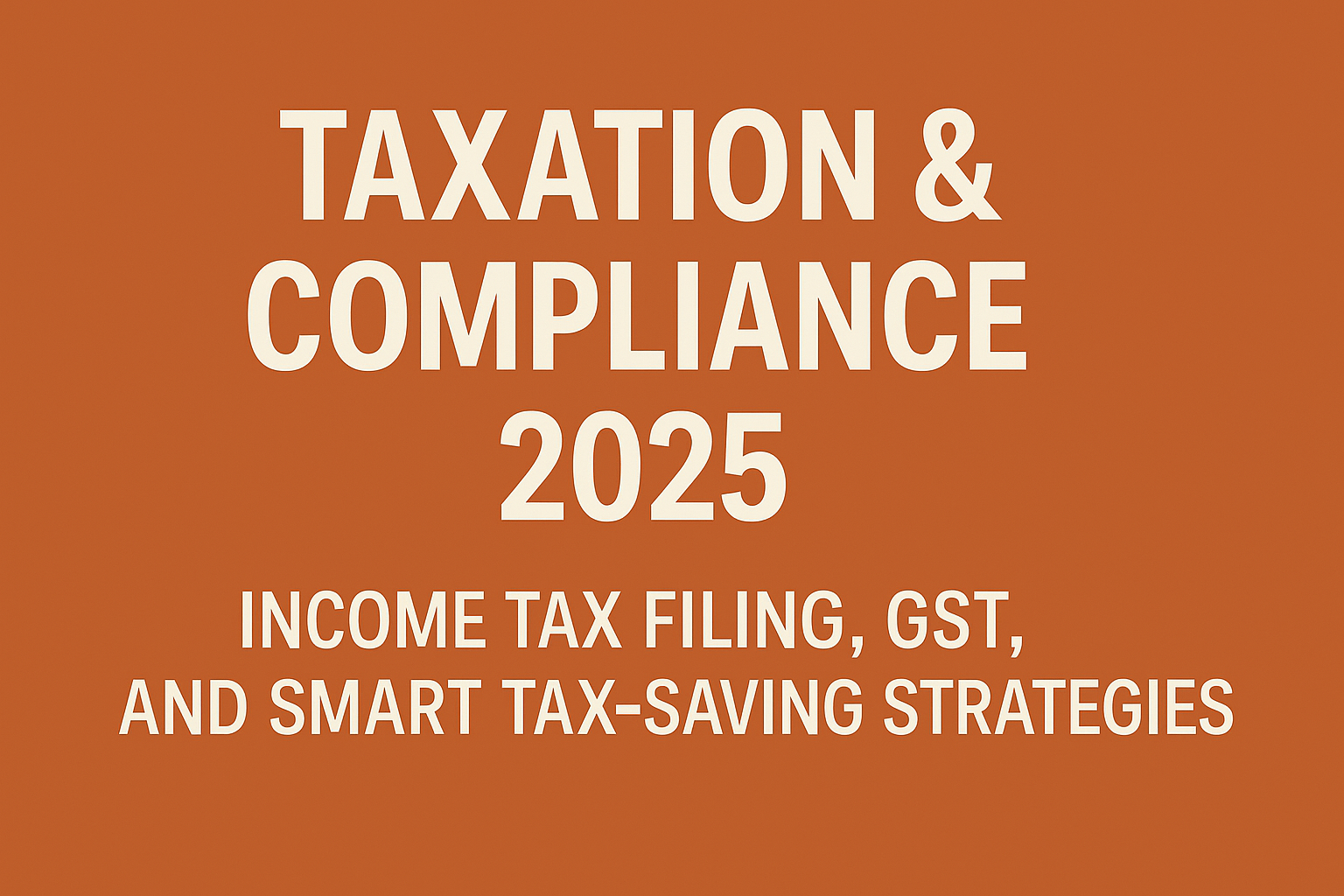Every year, as the financial year comes to a close, many individuals rush to make last-minute investments to save taxes. While this helps reduce immediate liability, it often leads to poor financial decisions. Tax planning is not just about cutting taxes—it is about choosing the right instruments that align with your financial goals while taking advantage of deductions available under the Income Tax Act.
If you are new to tax planning, this beginner’s guide to tax-saving strategies will walk you through Section 80C investments, health insurance benefits, and other effective ways to manage your taxes efficiently.
Understanding Section 80C
One of the most popular sections for tax savings is Section 80C, which allows a maximum deduction of up to ₹1.5 lakh from your taxable income in a financial year. This section covers a wide range of investment and expenditure options.
Popular Section 80C Options
Public Provident Fund (PPF)
A government-backed savings scheme with a 15-year lock-in. Returns are tax-free, making it a safe and reliable option.
Employees’ Provident Fund (EPF)
Contributions made by salaried individuals to EPF are eligible under 80C. Employers also contribute, adding to retirement savings.
Equity-Linked Savings Scheme (ELSS)
Mutual funds with a lock-in of 3 years, ELSS funds offer the dual benefit of tax savings and potential wealth creation through equity exposure.
National Savings Certificate (NSC)
A small savings scheme with a fixed tenure and guaranteed returns. Suitable for conservative investors.
Life Insurance Premiums
Premiums paid for life insurance policies qualify for deduction. Ensure the policy complies with tax rules regarding premium-to-sum assured ratio.
Home Loan Principal Repayment
The principal portion of your home loan EMI can be claimed under Section 80C.
Sukanya Samriddhi Yojana (SSY)
A scheme for the girl child with attractive interest rates and tax-free maturity benefits.
By combining these instruments wisely, you can make the most of your ₹1.5 lakh 80C limit.
Health Insurance Benefits under Section 80D
Apart from 80C, you can save more by purchasing health insurance for yourself and your family under Section 80D.
Deduction up to ₹25,000 for premiums paid for self, spouse, and children.
An additional ₹25,000 for parents below 60 years, or ₹50,000 if they are senior citizens.
Preventive health check-up expenses of up to ₹5,000 can also be claimed within the overall limit.
Health insurance not only provides tax benefits but also safeguards your family’s financial future in case of medical emergencies.
Other Useful Deductions and Benefits
1. Home Loan Interest (Section 24B)
You can claim up to ₹2 lakh as a deduction on interest paid on a home loan if the property is self-occupied.
2. Education Loan (Section 80E)
Interest paid on education loans for higher studies is deductible for up to 8 years, with no upper limit on the amount.
3. Savings Account Interest (Section 80TTA / 80TTB)
Up to ₹10,000 deduction on savings account interest (Section 80TTA).
Senior citizens can claim up to ₹50,000 on interest from savings accounts and fixed deposits (Section 80TTB).
4. Donations to Charities (Section 80G)
Donations made to eligible charitable organizations can be claimed for deduction—either 50% or 100% depending on the institution.
Smart Tax-Planning Tips for Beginners
Start Early in the Financial Year
Waiting until March to plan your taxes often leads to hurried decisions. Begin investing early to spread out payments and choose wisely.
Match Investments with Goals
Do not invest in a product just to save taxes. Ensure it also helps achieve your financial goals such as retirement, education, or wealth creation.
Use a Mix of Instruments
Diversify between fixed-income (PPF, NSC) and market-linked options (ELSS) for a balanced portfolio.
Keep Proper Documentation
Maintain records of all premium receipts, loan certificates, and donation proofs for smooth claim processing.
Leverage Employer Benefits
Use allowances like House Rent Allowance (HRA) and Leave Travel Allowance (LTA) to further reduce taxable income.
Review Annually
Tax laws and your financial situation change over time. Review your strategy each year to stay efficient.
Example of a Simple Tax-Saving Plan
Suppose you are a salaried individual with the following choices:
- ₹60,000 invested in PPF
- ₹40,000 ELSS mutual fund investment
- ₹20,000 life insurance premium
- ₹30,000 home loan principal repayment
That adds up to ₹1.5 lakh under Section 80C. Additionally, you purchase a health insurance policy worth ₹20,000 for your family and ₹40,000 for senior citizen parents. This allows an extra ₹60,000 deduction under 80D.
also read: Insurance & Risk Management 2025: Complete Guide to Life, Health, and Car Insurance
With just these steps, you save ₹2.1 lakh in taxable income, reducing your overall tax burden significantly.
Final Thoughts
Tax-saving is not just about reducing your liability—it is about building wealth while protecting your future. By using Section 80C investments, health insurance deductions, and other benefits like home loan and education loan interest, you can create a smart plan that minimizes taxes and maximizes returns.
As a beginner, start small, plan early, and focus on aligning tax-saving strategies with your long-term financial goals. The right approach will ensure that you save taxes today while securing financial growth for tomorrow.






